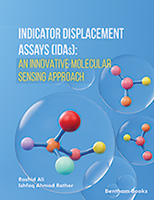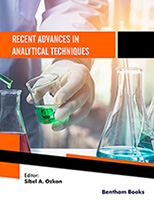Foreword
This is a wonderful book on the one of the topic which is directly related to the health of the people. The topic of the book is self explanatory “Adulteration Analysis of Some Foods and Drugs”. The information related to adulteration analysis is now become one of the fundamental right of the people. This is well known fact that adulteration of foods and drugs is common mishaps in the part of world which is either not developed or facing the challenges to be count in the developed countries. The adulteration of colorants, aphrodisiacs, herbal supplements and dairy products are not rare. The concept of the book is straight and the technical depth is kept balanced to be understood by the young scientific community as well as researchers of this field.
Major food adulteration and contamination events seem to occur with some regularity, such as the widely publicised adulteration of milk products with melamine and the recent microbial contamination of vegetables across Europe for example. With globalization and rapid distribution systems, these can have international impacts with far-reaching and sometimes lethal consequences [1].
There are number of rules and regulations related to mixing anything which should be not present in any food or drugs. The intention of such mixing is very clear; to increase the profit. Adulteration is thus one of the serious crimes for the mankind.
Adulteration is a major concern for both the food industry and consumers for many reasons. Thus the compendia containing analytical methodologies for the determination of adulterants is one of the needs in the current scenario.
The technical depth and knowledge covered by the book delighted me and I could not simply stop myself to attend to it.
I think the authors will found it one of the interesting guide of this field and in all I think you will find this book engaging in every chapter. I feel this will be a tonic stimulant for the flow of knowledge in its field.
REFERENCES
[1] Ellis DI, Brewster VL, Dunn WB, Allwood JW, Golovanov AP, Goodacre R. Fingerprinting food:
current technologies for the detection of food adulteration and contamination. Chem Soc Rev 2012;
41: 5706-27.
[http://dx.doi.org/10.1039/c2cs35138b]
Shushma Talegonkar
Jamia Hamdard University
New Delhi
India
E mail: stalegaonkar@jamiahamdard.ac.in





